Prolonged Exposure (PE)
Prolonged Exposure (PE) is an individual therapy for PTSD in which you will gradually approach trauma-related memories, feelings, and situations that you have been avoiding since your trauma.
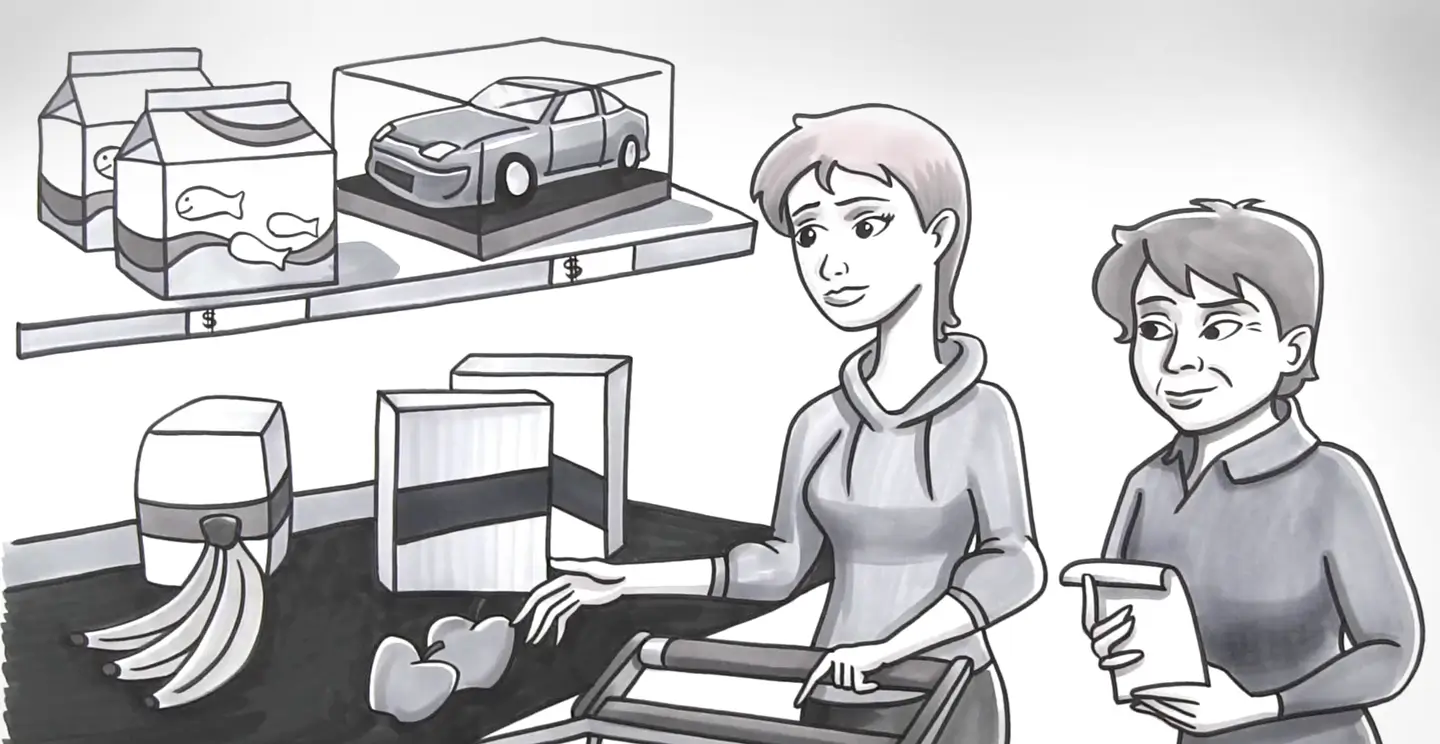
Prolonged Exposure
2:44
How does it work?
People with PTSD often try to avoid anything that reminds them of
the trauma. This can help you feel better in the moment, but not in the
long term. Avoiding these feelings and situations actually keeps you from
recovering from PTSD.
PE works by helping you face your fears. By talking
about the details of the trauma and by confronting safe situations that you
have been avoiding, you can decrease your PTSD symptoms and regain more control
of your life.
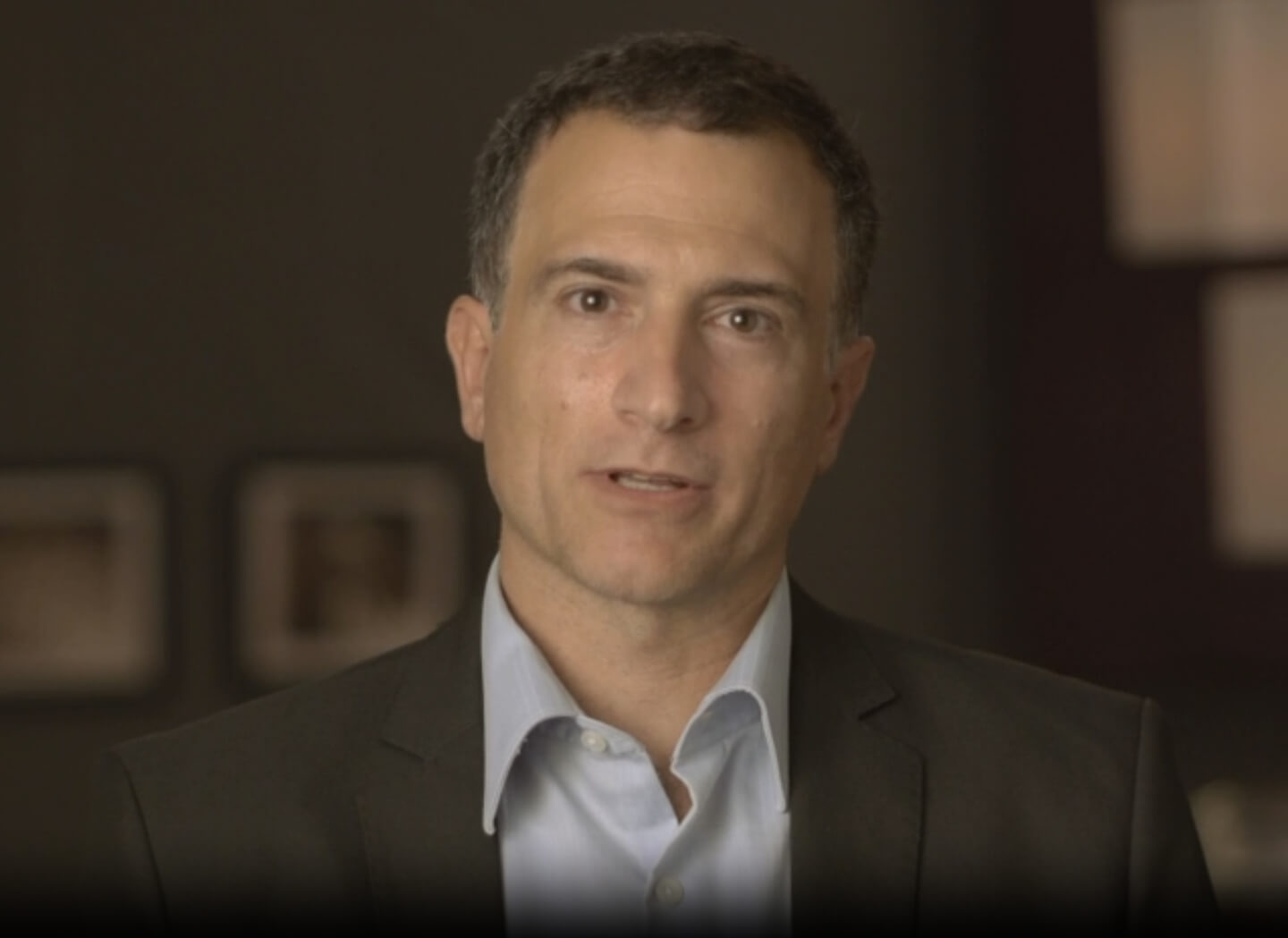
Prolonged Exposure (PE): How does it work?
What can I expect?
Your clinician will start by giving you an overview of treatment and getting to know more about your past experiences. You also will learn a breathing technique to help you manage anxiety.
Around your second session, you will work with your clinician to make a list of people, places, or activities that you have stayed away from since your trauma. Over the course of therapy, you will work through your list step-by-step, gradually confronting these situations. With time, you will find that you can feel comfortable in these situations—and you will not need to avoid them anymore.
After a few sessions, you will begin to talk through the details of your trauma with your clinician. Talking about the trauma can help with emotions like fear, anger, and sadness. Between sessions, you will listen to recordings of yourself talking through the trauma. By confronting the details of the trauma in therapy, you will find that you have fewer unwanted memories at other times.

Prolonged Exposure (PE): What can I expect?
Prolonged Exposure (PE) Treatment Overview
Open this PDF for download and printing
Is it effective?
Yes, PE is one of the most effective types of treatment for PTSD.
57 out of every 100 people who receive CPT, PE, or EMDR will have meaningful symptom improvement after about three months. *
For every 100 people with PTSD who do not receive treatment, 8 will have meaningful symptom improvement after about three months. will have meaningful symptom improvement after about three months. **
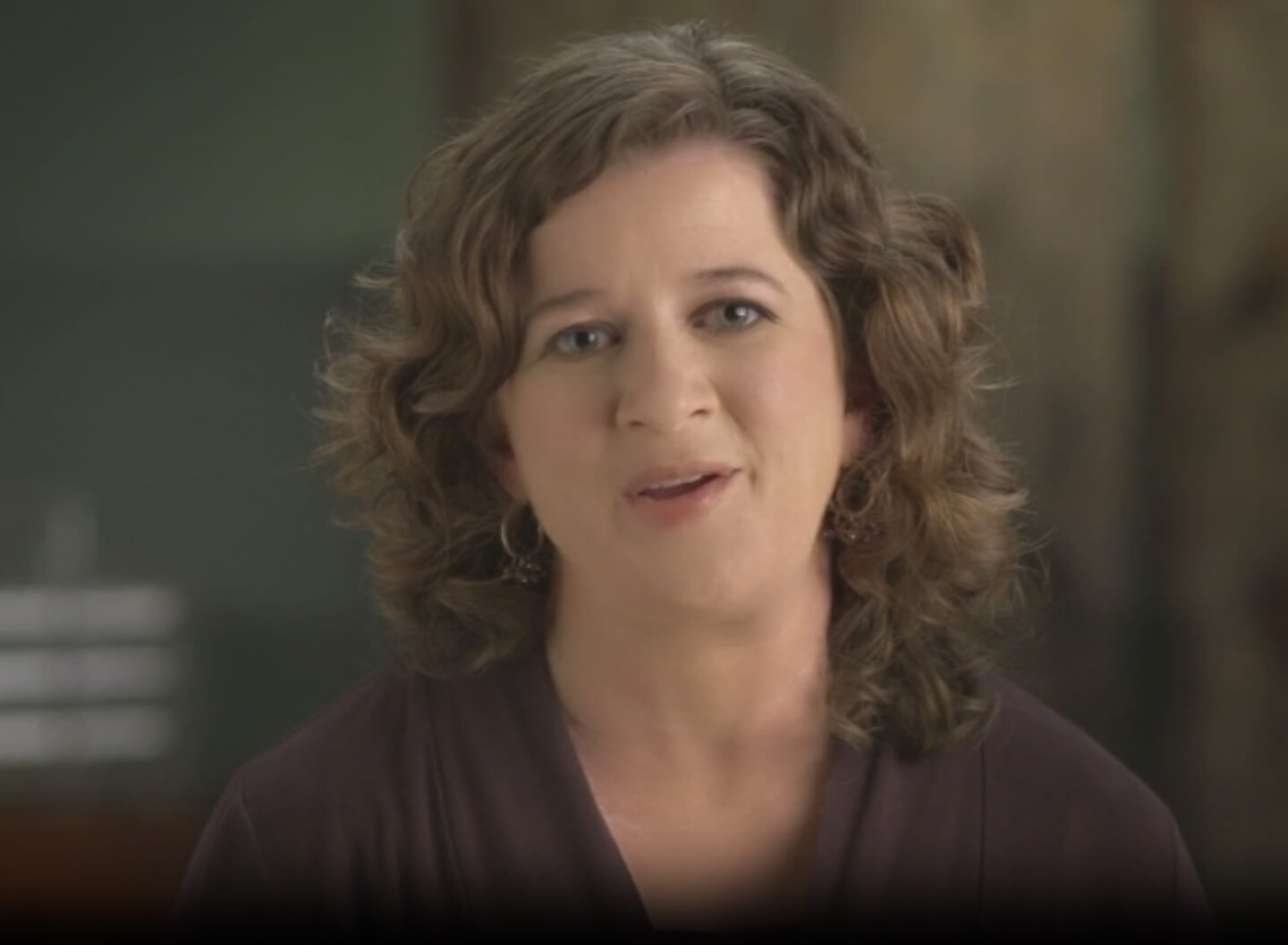
Prolonged Exposure (PE): Is it effective?
How long does treatment last?
PE usually takes 8-15 weekly sessions, so treatment lasts about 3 months. Sessions are 60-90 minutes each. You may start to feel better after a few sessions. And the benefits of PE often last long after your final session with your clinician.
What are the risks?
The risks of doing PE are mild to moderate discomfort when engaging in new activities and when talking about trauma-related memories. These feelings are usually brief and people tend to feel better as they keep doing PE. There is also a slight risk that someone could listen to a therapy session without your permission if the recording was not secure. You and your clinician can discuss ways to secure your personal information related to this program. Most people who complete PE find that the benefits outweigh any initial discomfort.
Group or individual?
PE is an individual therapy. You will meet one-to-one with your clinician for each session.
Will I talk in detail about my trauma?
Yes, around your third session, you will start talking in detail about your trauma each session. Your clinician will guide you through it, keep track of your anxiety level as you talk, and make sure you take things at your own pace. You will listen to a recording of this part of your session at home between sessions.
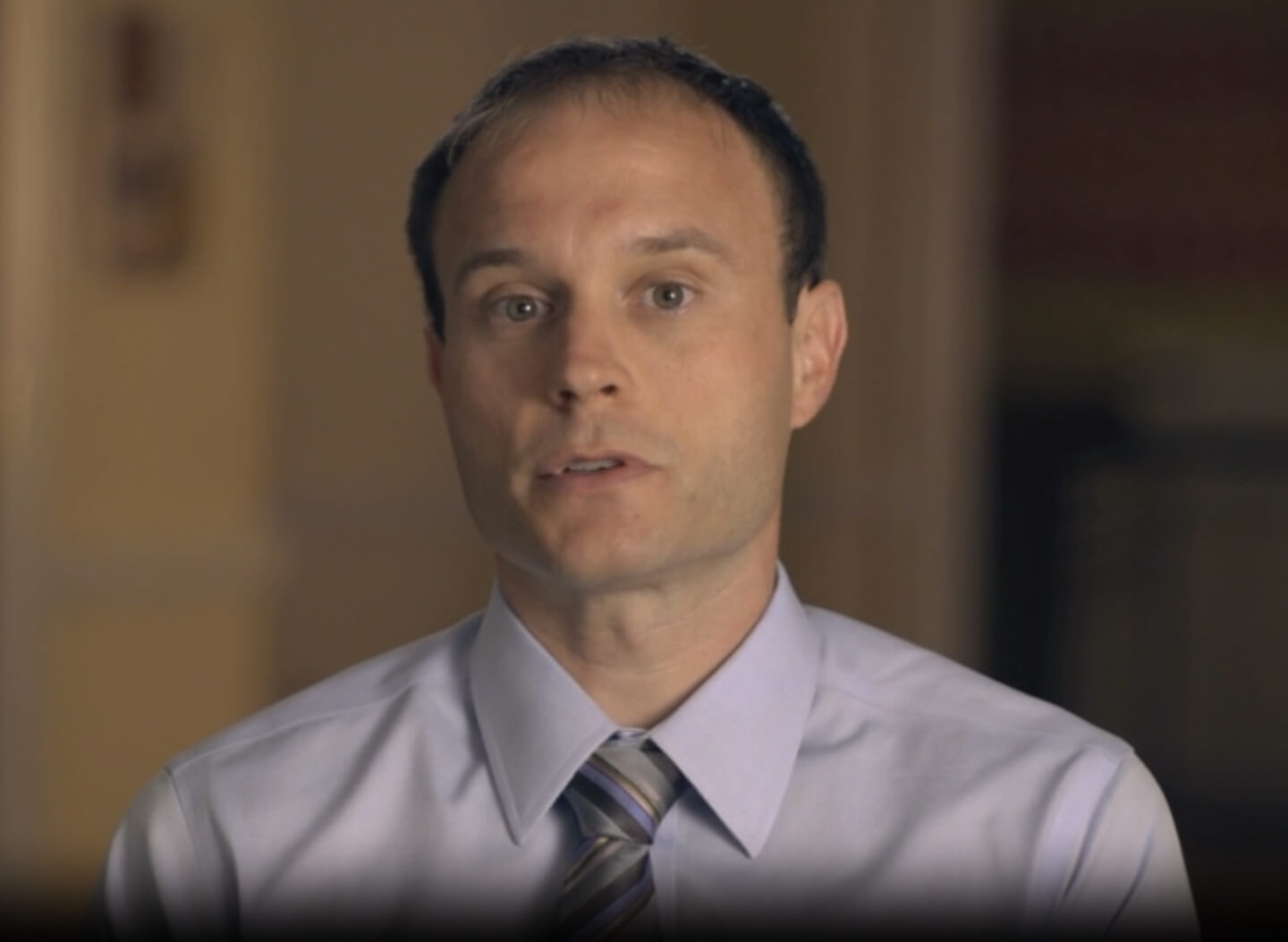
Prolonged Exposure (PE): Will I need to talk about my trauma?
Will I have homework?
Yes, you will practice doing some of the things you have avoided since your trauma. You will start with activities that are manageable for you, and you will work up to activities that are more challenging. You also will listen to a recording of the therapy sessions in which you talk about your trauma. Practicing these skills between sessions helps you get the most out of PE.
How available is this in VA?
High. Almost all VA Medical Centers offer PE in their specialized PTSD programs. Smaller VA facilities that do not offer PE may be able to use videoconferencing to have you receive PE from a clinician at another location.
Does VA have an app for that?
Yes, PE Coach is a mobile app that you can use while you are doing PE with a clinician. PE Coach can help you to learn more about PE and PTSD symptoms and helps you stay organized as you complete PE. It’s a free download on most mobile devices. After your initial download, you will not be required to use your personal minutes or data. This app does not share any information with the VA, so it is up to you if you want to show your clinician your information.
More from clinicians
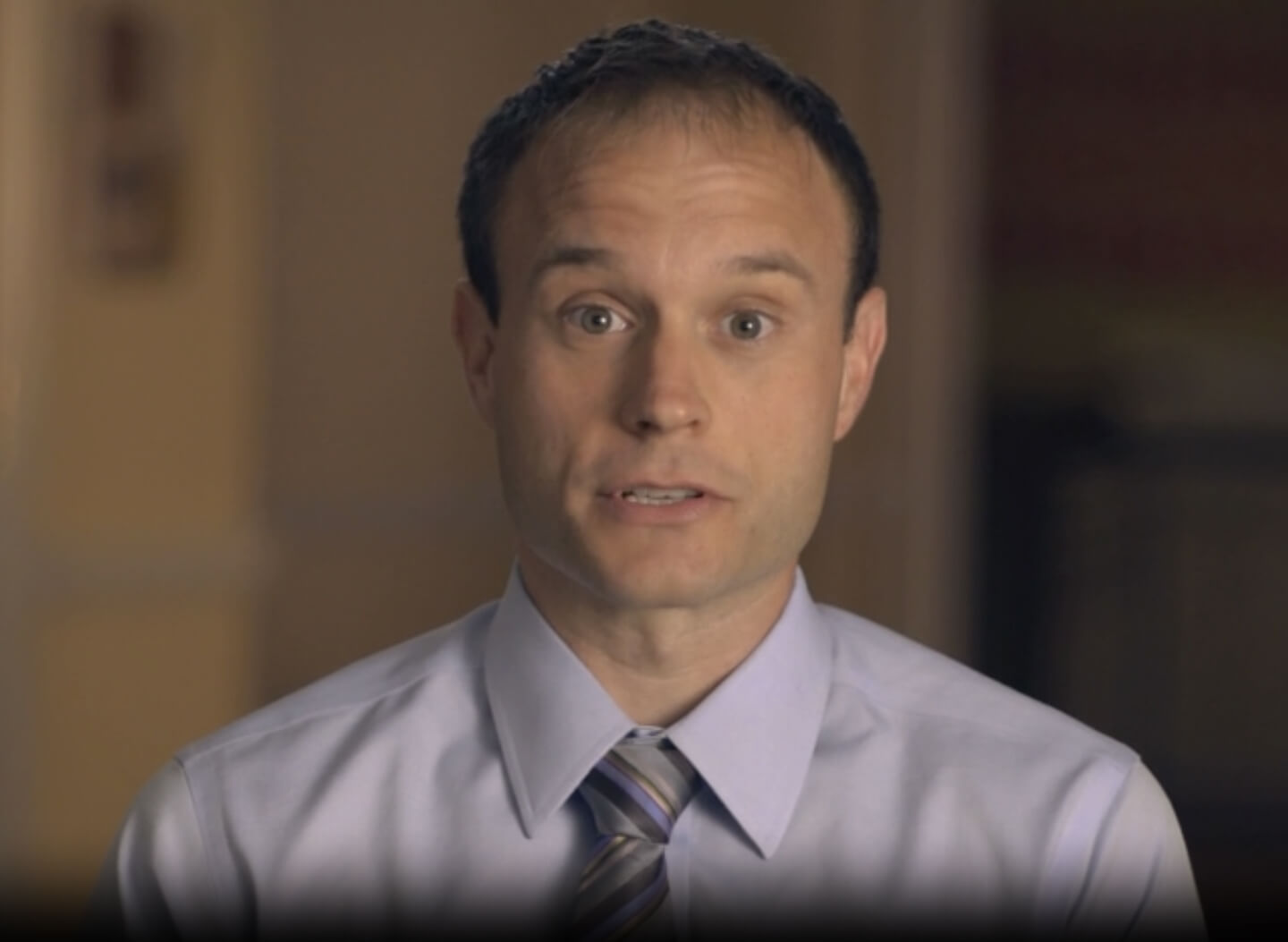
Prolonged Exposure (PE): Listen to how a person was helped

Prolonged Exposure (PE): Will talking about my trauma make me feel worse?
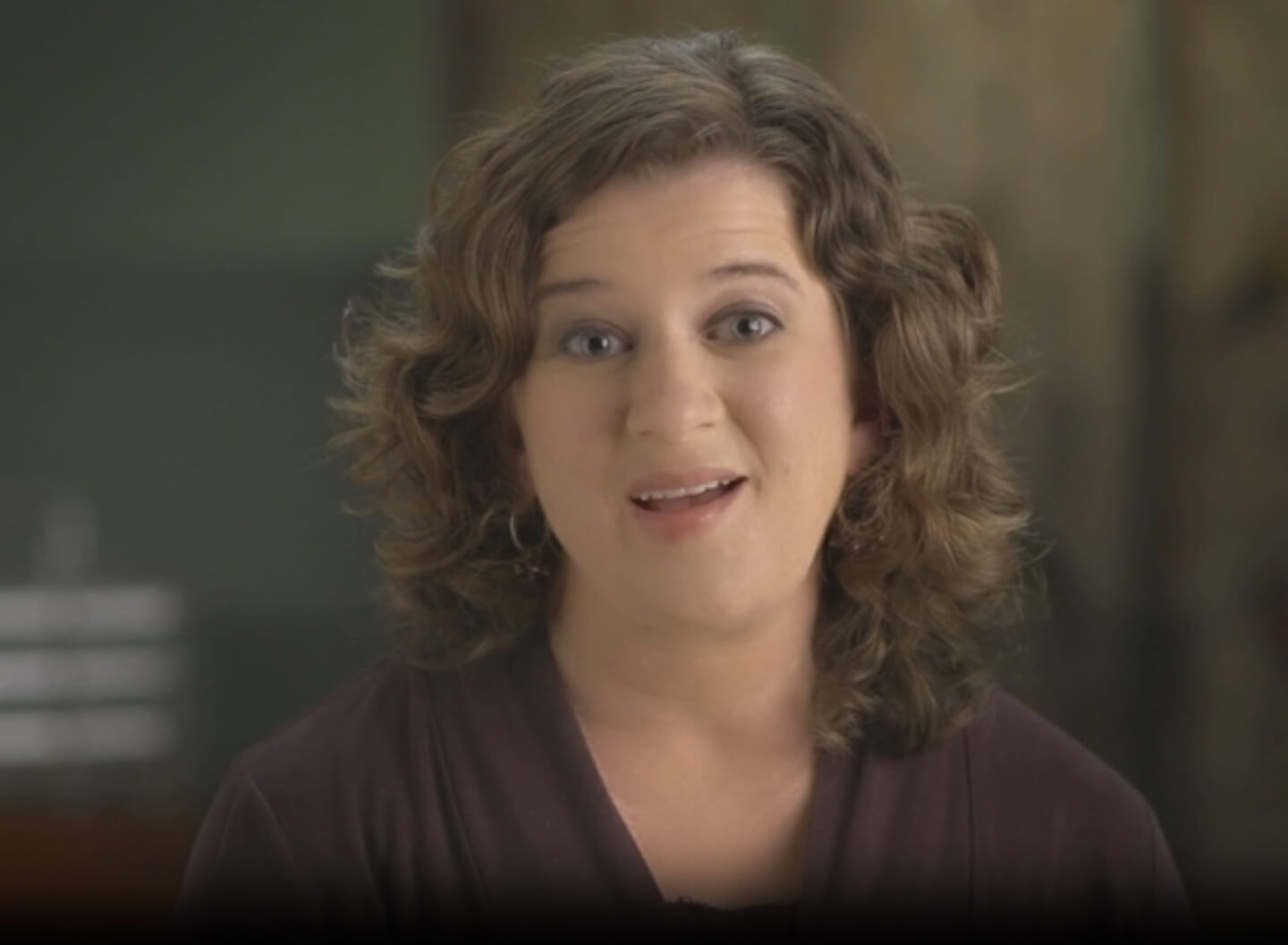
Prolonged Exposure (PE): What if I am too ashamed to talk about it?

Prolonged Exposure (PE): What if I have had more than one trauma?
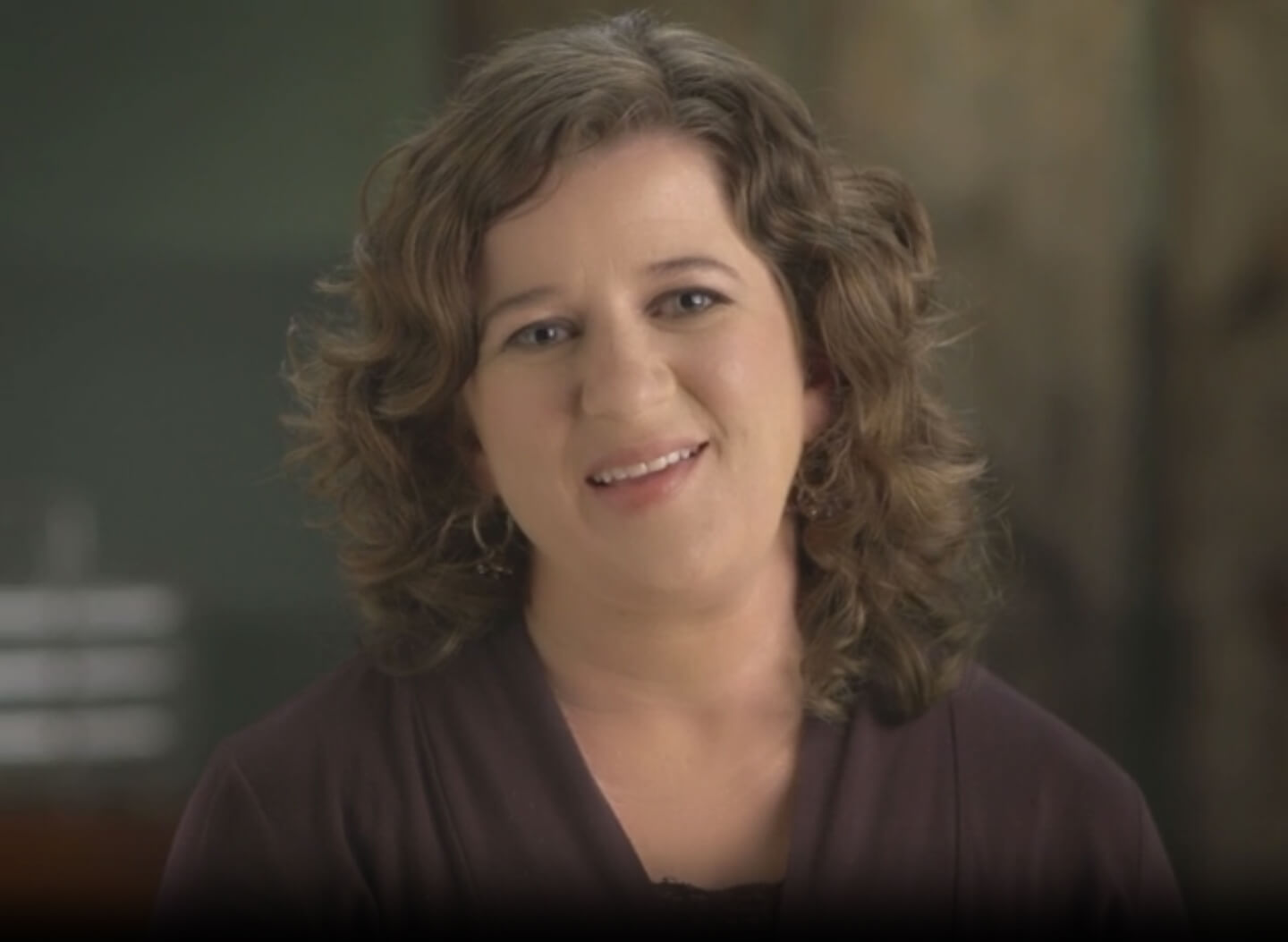
Prolonged Exposure (PE): Will PE erase my memories of the trauma?
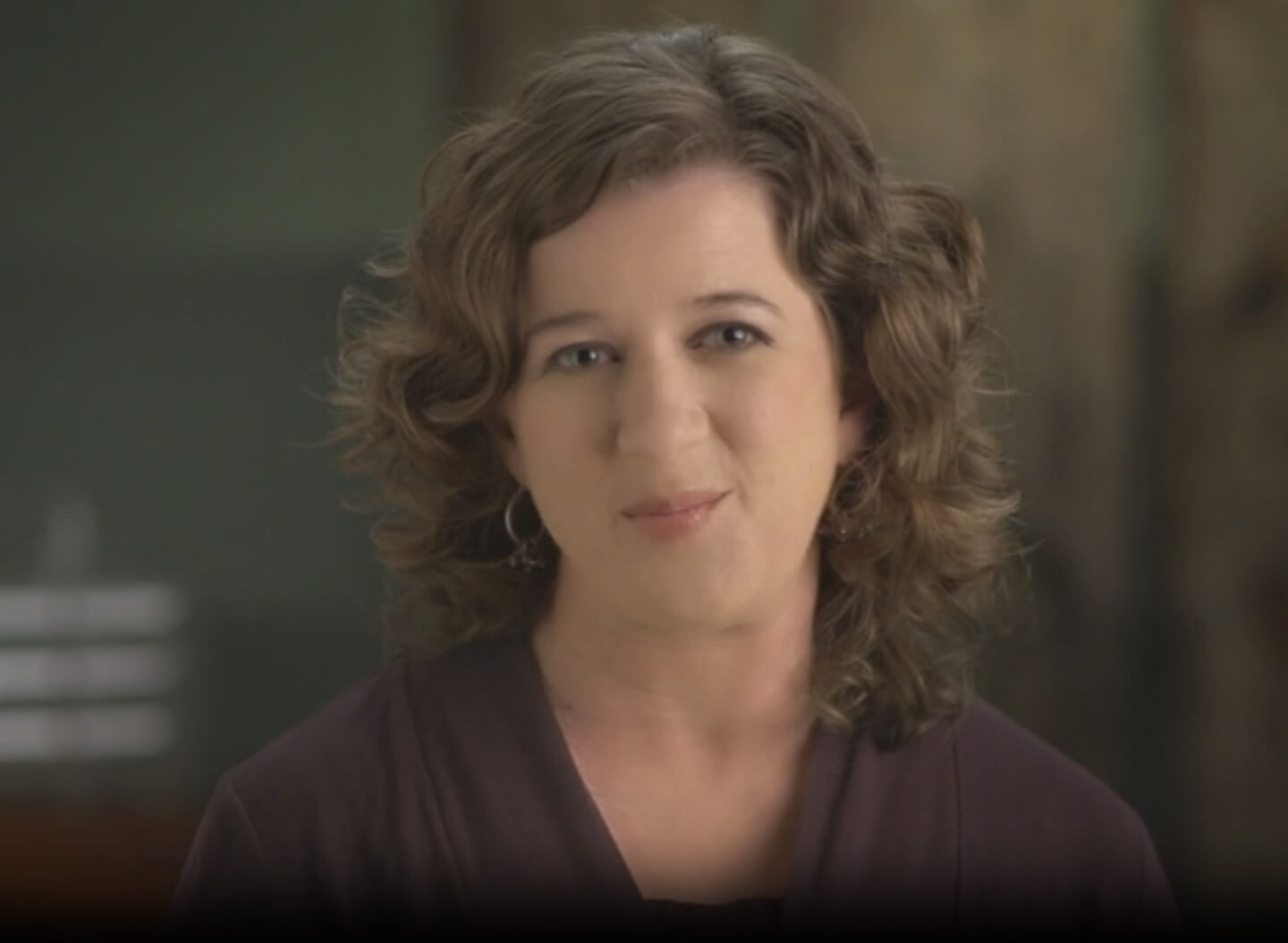
Prolonged Exposure (PE): What if I lose control?
Footnotes and list of studies
* What do these figures mean?
The yellow figures represent the number of people who will have a meaningful improvement in symptoms. This was measured by seeing how many people no longer have enough symptoms to meet criteria for PTSD. They may still have some PTSD symptoms, but in most cases these symptoms will be manageable and will not occur very often. When someone no longer meets criteria for PTSD, they usually will notice a big difference in their ability to engage in and enjoy life.
The blue figures represent the number of people who will not recover from PTSD, meaning that they will still have enough symptoms to meet criteria for PTSD. Some of these people will notice an improvement in their symptoms, but they will still have PTSD.
** How did we calculate this number?
To see how helpful treatments are, the PTSD Treatment Decision Aid shows how many people improved after getting a treatment. If people improve enough that their symptoms no longer meet criteria for a diagnosis of PTSD, this is called “loss of diagnosis.” To estimate how many people would have a loss of diagnosis after each treatment, we gathered data from studies of the treatments included in the PTSD Treatment Decision Aid. We only included studies that were large, compared the treatment to another treatment, and used clinicians to assess whether patients had PTSD. We included only those studies that reported how many people lost a diagnosis.
Some of the studies included comparison groups who did not receive treatment. We used data from those groups to estimate how many people lost their diagnosis without treatment.


